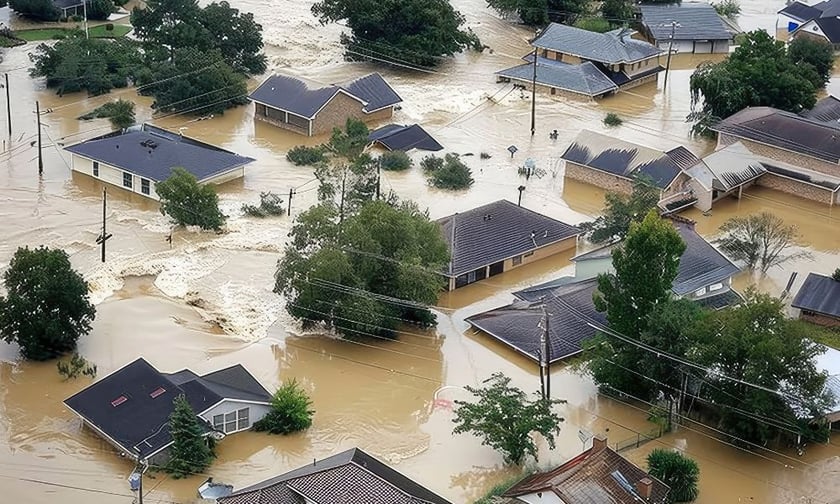

Insurance Australia Group (IAG) has expressed support for a new $40 million initiative targeting Central West New South Wales homeowners affected by the 2022 floods.
The federal and NSW governments jointly announced the Resilient Homes Program, which offers grants for flood resilience improvements or buyback options to eligible residents.
The program allows residents to apply for support, with funds available for a range of resilience-enhancing measures, including raising, relocating, rebuilding, or retrofitting properties.
It aims to provide homeowners in both Central West and Northern Rivers areas impacted by 2022’s extreme floods with resources to bolster property resilience. Homeowners within defined eligibility criteria may apply for financial assistance through this program.
Priority for funding will go to applicants whose circumstances may increase their vulnerability to future flooding events.
IAG managing director and CEO Nick Hawkins has welcomed the program, deeming it an important step in the recovery of residents impacted by the devastating 2022 floods.
“We welcome the creation of the Resilient Homes Program by the federal and NSW governments. It is an important step in the recovery of residents impacted by the devastating 2022 floods and will go towards helping these high-risk communities become safer and better protected from extreme weather,” he said.
See LinkedIn post here.
To qualify, applicants must have been owners of residential properties in specific local government areas (LGAs) affected by last year’s floods.
Central West LGAs included in the program are Cabonne, Forbes, Lachlan, Parkes, and the Euabalong area in Cobar.
For Northern Rivers, eligible LGAs are Ballina, Byron, Clarence Valley, Kyogle, Lismore, Richmond Valley, and Tweed.
Properties must have been used as primary residences and must not serve commercial or tourist functions.
The program allocates funding based on a prioritisation framework that considers the flood risk to individual properties, the level of structural damage, and unique circumstances of homeowners.
Assessments will leverage flood risk mapping data that accounts for factors such as flood frequency, water depth, flow rate, and evacuation accessibility.
Properties considered severely damaged or unsafe due to flood impacts may receive higher funding priority.
The Resilient Homes Program coincides with data from the Insurance Council of Australia (ICA) highlighting an increase in extreme weather costs impacting the Australian economy.
According to the ICA’s 2023-24 Insurance Catastrophe Resilience Report, insurance claims for declared natural disasters have significantly risen, now accounting for 0.7% of the gross domestic product, up from 0.2% between 1995 and 2000.
In the past three decades, insurers in Australia have paid out an average of $2.1 billion annually to cover extreme weather claims. This average has surged to $4.5 billion in the last five years, reflecting the rising costs associated with floods and other climate-related events.
Despite an increase in total premiums collected – from $50 billion in 2012 to $86 billion in 2023 – the industry’s profitability has largely plateaued due to the increased frequency and severity of claims.
